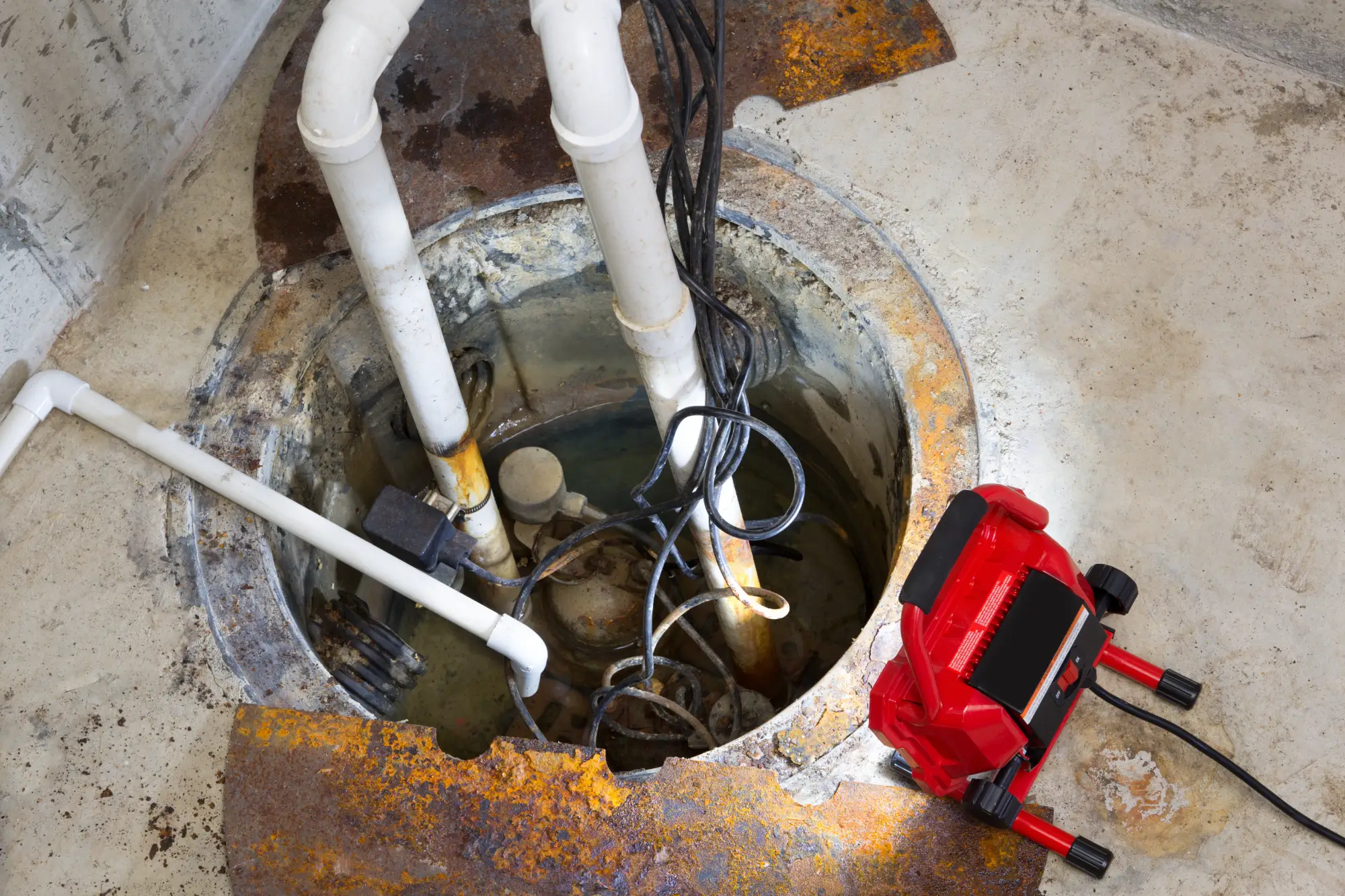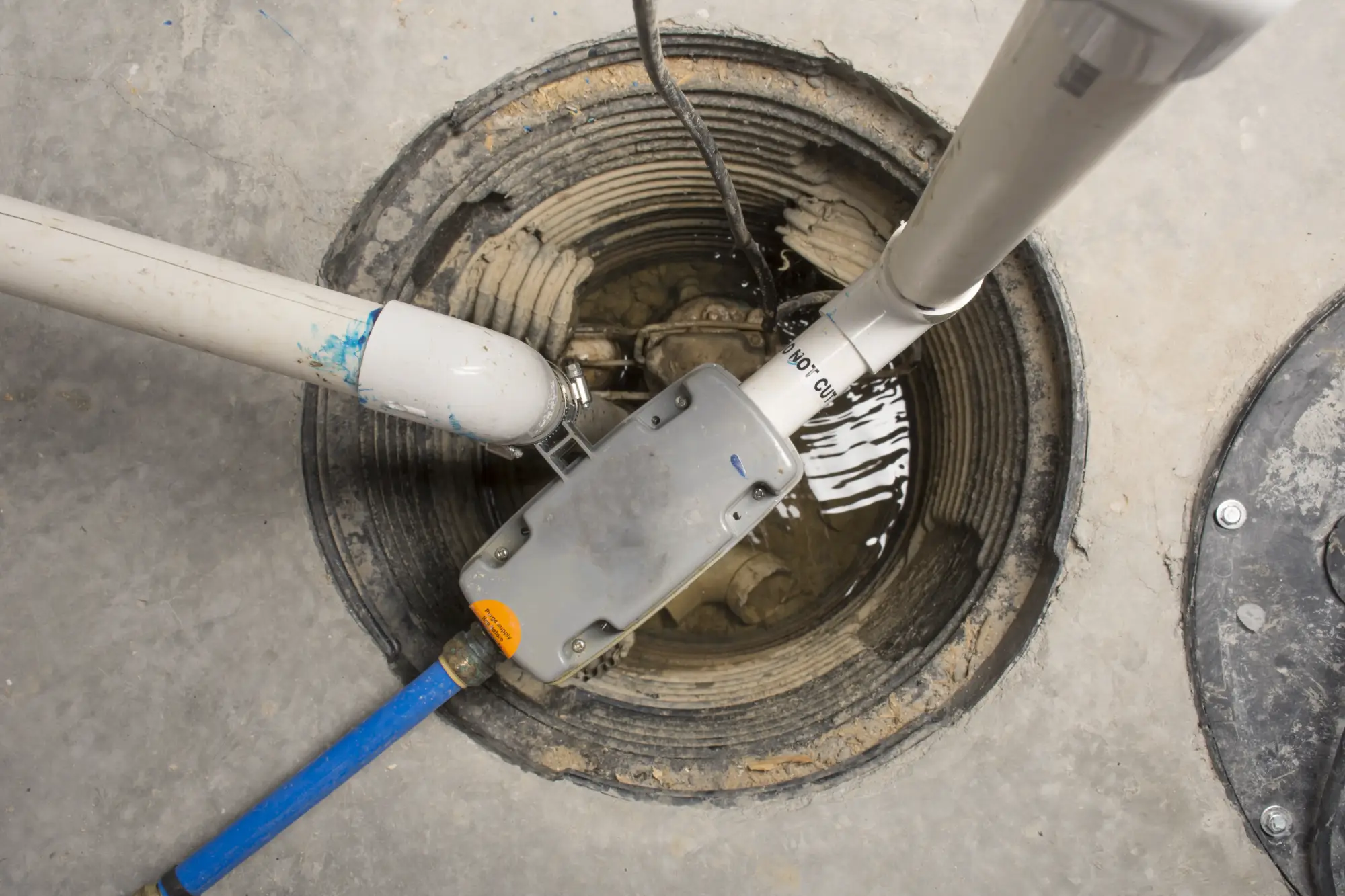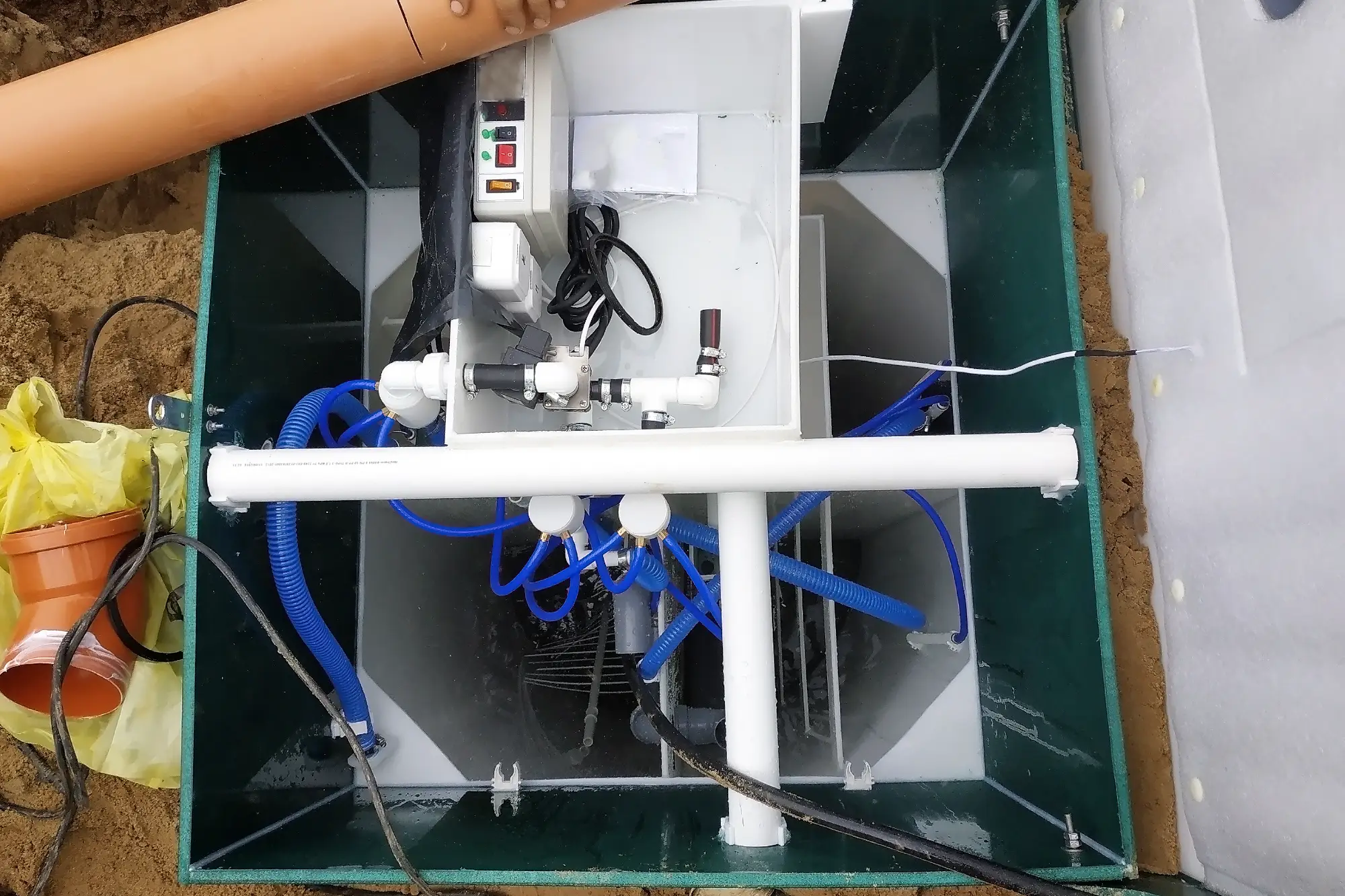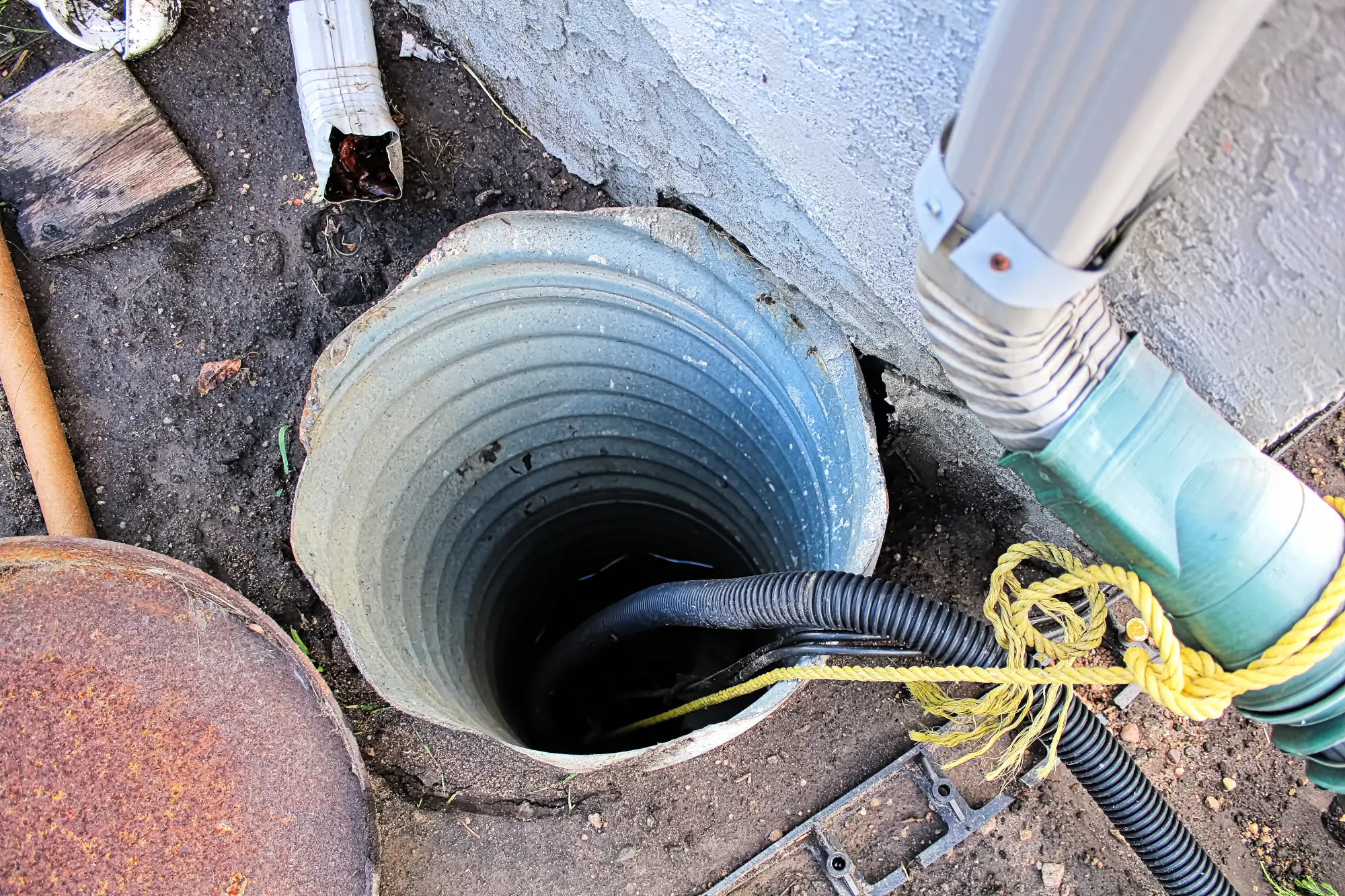Sump Pump Installation in Babylon, NY
Stop Basement Flooding Before It Starts
Professional sump pump installation that actually works when Long Island storms hit hardest.

Hear About Us

Basement Sump Pump Systems Babylon
You’ll sleep through the next thunderstorm instead of checking your basement every hour. No more rushing downstairs during heavy rain to see if water’s creeping in through the foundation.
A properly installed basement sump pump system handles what Long Island weather throws at it. Spring thaw, summer storms, hurricane season – your basement protection works automatically while you focus on everything else.
Your finished basement becomes actual living space again. Your stored belongings stay safe. That musty smell disappears because water never gets the chance to sit and create problems.
Babylon Sump Pump Installation Company
We handle the water problems that come with owning a home in Babylon. We’ve seen every type of basement issue these older Long Island homes present.
Most sump pump installers treat every job the same way. We don’t, because Nassau County soil conditions and water table levels change from neighborhood to neighborhood. Your installation gets designed for your specific situation.
We’re the local company that shows up when we say we will and installs systems that actually prevent flooding instead of just moving water around.

Reliable Sump Pump Installation Process
First, we assess your basement’s current drainage situation and identify exactly where water enters. We’re looking at foundation walls, floor joints, and how water moves through your specific soil type.
Next, we dig the sump pit in the optimal location – not just the most convenient spot. The pit gets lined properly and connected to a discharge system that moves water well away from your foundation. We install the pump, test the float switch, and set up the discharge piping.
Finally, we test everything under actual water conditions. You see the system work before we leave. We explain how to maintain it and what to watch for, so you’re never surprised by a system failure when you need it most.

Ready to get started?
Explore More Services
About Diamond Masonry & Waterproofing
Get a Free Consultation
Custom Sump Pump Solutions Babylon
Your basement sump pump installation includes everything needed for reliable operation. High-quality pump sized for your basement’s square footage and typical water volume. Properly excavated and lined sump pit that won’t shift or crack over time.
Discharge piping that moves water far enough from your foundation to prevent it from coming right back. We connect to existing drainage where possible, or create new discharge points that follow local codes.
You get a system designed for Babylon’s specific challenges – the clay soil that doesn’t drain well, the high water table during wet seasons, and the sudden volume that comes with Long Island storm systems. This isn’t a one-size-fits-all installation.

How long does sump pump installation take in my basement?
What size sump pump do I need for my Babylon home?
Will sump pump installation damage my finished basement?
How much does professional sump pump installation cost in Babylon?
Do I need permits for sump pump installation in Babylon?
What maintenance does my new sump pump system need?
Local Resources
- Google Map Link
- Find the Babylon, NY USPS
- Locate Nearby Babylon, NY Pharmacies
- View the Current Weather in Babylon, NY
- Babylon, NY is located in Suffolk county in New York State